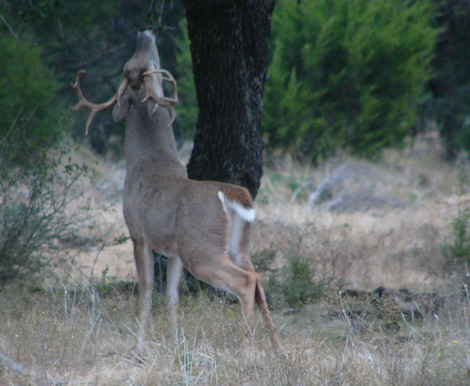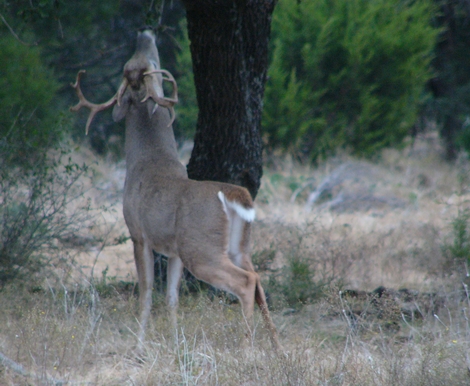Scouting and finding the scrape or scrape line of a white-tailed buck is a definite plus when gearing up for the hunting season. And truth be known, it’s better to find a scrape or two than a rub-line. Many times it seems that a rub-line is the result of pent up aggression due to growing testosterone in the buck while the scrapes are a definite sign that a buck likes what he has seen in the area.
Scrapes are normally found on higher ground that is dry enough to hold scent and wont be washed out, even if it rains heavily. Areas that repeatedly encounter boggy or swamp-like conditions tend to hold less scrapes than the edges of that same area where the ground is slightly elevated.
Any edge of a field, especially those that contain row crops or food plots are high-percentage areas to find scrapes. Main trails entering swamps, low-lands, creeks, rivers, and draws are also likely places for a scrape or scrape-line. But is finding a scrape reason enough to set up a deer stand and start hunting? Not exactly.
The percentage of scrapes that actually get re-worked is low in most places, but there are a few tactics for increasing the odds and finding out just what scrapes are still active. Trail cameras are great for monitoring scrapes, but be careful not to leave any scent in the area. In addition, you can freshen scrapes with doe or buck urine and see if that causes deer, hopefully the dominant buck in the area, to return. If you detect signs of activity, it may well be time to spend a little time in the stand.

